11 Frequently Held Myths Debunked About Breast Cancer
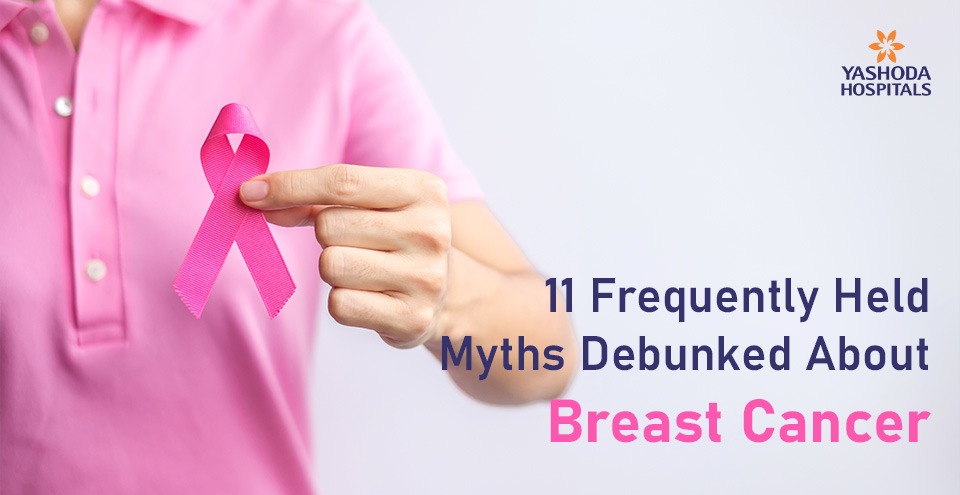
Breast cancer is the most common cancer in the world, with around 2.26 million new cases diagnosed each year. With around 0.7 million fatalities per year worldwide, it is one of the major causes of death among female cancer patients. It is quite common in those aged 25 to 70, with peak prevalence in women aged 50 to 69.
Breast cancer occurs when a pre-cancerous tumour progresses to a malignant tumour in a multi-stage process that is triggered by abnormal and uncontrolled growth of normal cells. These abnormalities are brought on by physical carcinogens (ultraviolet and ionising radiation), chemical carcinogens (alcohol, aflatoxin, tobacco smoke), and biological carcinogens (viral infections, bacteria, or parasites). Breast cancer risk is also increased by genetic factors. 5 to 10% of breast cancer instances are caused by genetic abnormalities passed down through a family’s generations.
Early detection of breast cancer is essential to achieving higher cure rates because it can be quite severe when discovered early. The majority of breast lumps are not cancerous, despite the fact that a new lump is the most common sign of breast cancer. The presence of cancer is more likely if the lump is solid, amorphous, and painless. Some of the symptoms of Breast Cancer are:
- Abnormally swollen breasts
- Skin dimpling
- Breast or nipple pain
- Red, dry, flaky, or thicker skin on the breast or nipple
- Nipple retraction
- Swollen lymph nodes around the collarbone or under the arm
What are the risk factors for breast cancer?
The likelihood of breast cancer can be raised by specific risk factors. These can be categorised into modifiable and non-modifiable risk factors.
Modifiable risk factors:
These risk factors can be controlled with human interventions which include:
- Avoiding radiation exposure
- Encouraging Breastfeeding
- Reducing alcohol consumption
- Avoiding tobacco smoke
- Reducing administration of oral contraceptive pills
- Taking some time for physical fitness
- Maintaining healthy body weight
- Avoiding hormone replacement therapy
Reducing these modifiable risk factors and using existing evidence-based preventative measures can currently prevent 30 to 50% of malignancies.
Non-modifiable risk factors:
Some risk factors cannot be controlled, these include:
- Age
- Gender
- Genes
- Breast density
- Early menstruation
- Late menopause
- Proliferative breast conditions
- A personal breast cancer history
- Some viral infection (mouse mammary tumour virus (MMTV), bovine leukaemia virus (BLV), human papilloma viruses (HPVs), and Epstein–Barr virus (EBV)
Some popular MYTHS on Breast Cancer:
The fear of cancer often leads to rumours related to the disease. Let’s dispel a few widespread misconceptions regarding breast cancer.
- MYTH: Breast cancer is contagious.
FACT: No. Cancer is not a communicable disease that spreads from person to person. Cancer cannot transmit from one person to another unless an organ or piece of tissue is transplanted. Doctors refrain from using organs or tissue from donors who have a history of malignancy.
- MYTH: Women without a family history of breast cancer are not at risk.
TRUTH: According to reports, around 85% of breast cancers originate in women who have no family history of breast cancer. Instead of hereditary mutations, these arise as a result of genetic changes brought on by ageing and life in general.
- MYTH: A lump in your breast indicates that you have breast cancer.
FACT: No. Non-cancerous (benign) breast lumps can have a wide range of probable causes. Cysts and fibroadenomas are two of the most common causes of benign single breast lumps. Several other diseases, including fat necrosis and sclerosing adenosis, can also show similar lumps.
- MYTH: Only women get breast cancer.
TRUTH: Men over the age of 60 and 70 are more likely than younger men to develop breast cancer, even though males only account for 0.5–1% of all cases of breast cancer. Despite the fact that male and female breast tissue is similar, male breast tissue is primarily made of fat and fibrous tissue termed stroma and has fewer ducts and lobules.
- MYTH: Breast cancer primarily affects young women.
TRUTH: Breast cancer can occur at any age. According to statistics, 93% of breast cancer cases occur in women over the age of 40, while 7% of breast cancer cases are diagnosed in women under the age of 40. The youngest known survivor of breast cancer was reported to be 2 years old when she won the battle against a rare kind of breast cancer known as juvenile secretory breast carcinoma.
- MYTH: A breast injury can result in breast cancer.
TRUTH: Injury or trauma to the breast does not cause cancer. This misunderstanding persists in part due to the possibility that an accident will highlight a breast lump that has been present for some time.
- MYTH: Antiperspirants for the underarms trigger breast cancer.
TRUTH: Because underarm antiperspirants or deodorants are applied near the breast, numerous experts and others have speculated that their use may be linked to breast cancer. However, there is no proof that using these products increases the risk of breast cancer.
- MYTH: Underwire bras are linked to breast cancer.
FACT: Doctors generally agree that neither the type of bra used nor the degree of tightness in undergarments has any effect on the risk of developing breast cancer.
- MYTH: The leading cause of death for women is breast cancer.
TRUTH: No. Heart disease is the number one cause of death in women, followed by lung and bronchus cancer. Breast cancer comes in third place when it comes to fatalities in women. The chance that a woman will die from breast cancer is about 1 in 39 (2.5%).
- MYTH: Mammograms are unsafe.
TRUTH: The radiation present in mammograms is well within medical guidelines; it is very much similar to X-rays, so mammograms are considered medically safe for patients. Modern mammography equipment is designed to minimise the degree of discomfort.
- MYTH: Mastectomy is the sole treatment option if a lump is malignant.
TRUTH: Mastectomy is no longer the only method of treating breast cancer. With the development of medicine, a variety of therapeutic modalities, including radiation therapy, chemotherapy, hormone therapy, and targeted therapy, are now accessible. A combination of any of these methods is sometimes used to achieve better results.
How is breast cancer diagnosed and treated?
People with high risk factors for breast cancer are screened with breast exams, breast ultrasound, diagnostic mammograms, and breast magnetic resonance imaging (MRI). A biopsy is performed (tissue is examined under a microscope) if any suspicious masses are found to determine whether or not the lump is cancerous. Breast tumours are not always cancerous. Some tumours found in the diagnosis are also non-cancerous, like fibroadenoma.
An appropriate treatment strategy will be recommended by the oncologist based on the disease’s severity. It can be a single treatment strategy or a combination of strategies, depending on how far the cancer has advanced. For both early-stage and advanced breast cancer, some of the popular treatment modalities include:
- Surgery
- Radiation therapy
- Chemotherapy
- Hormonal therapy
- Targeted therapy
- Immunotherapy
- Neoadjuvant systemic therapy for non-metastatic breast cancer
- Systemic therapy concerns for people age 65 or older
The key to preventing breast cancer is to identify and minimise modifiable risk factors in our daily lives as much as possible. Timely screening will assist in detecting breast cancer in its earliest stages so that it can be successfully treated. Thanks to advances in medical research, one can successfully combat cancer. Today’s cancer survivors not only triumphed over the deadly illness, but they also have a good quality of life post-treatment. It is imperative to maintain optimism because, if you are mentally ready, your body will heal more efficiently.
References:
- Cancer https://www.who.int/news-room/fact-sheets/detail/cancer
- Breast Cancer: Symptoms, causes and prevention and how AI advances its detection
https://timesofindia.indiatimes.com/blogs/voices/breast-cancer-symptoms-causes-and-prevention-and-how-ai-advances-its-detection/ - Breast Cancer Myths https://www.missionrmc.org/services/breast-care-center/breast-cancer-myths/
- How Is Breast Cancer Diagnosed? https://www.cdc.gov/cancer/breast/basic_info/diagnosis.htm
- Key Statistics for Breast Cancer https://www.cancer.org/cancer/breast-cancer/about/how-common-is-breast-cancer.html.
About Author –




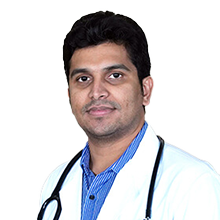
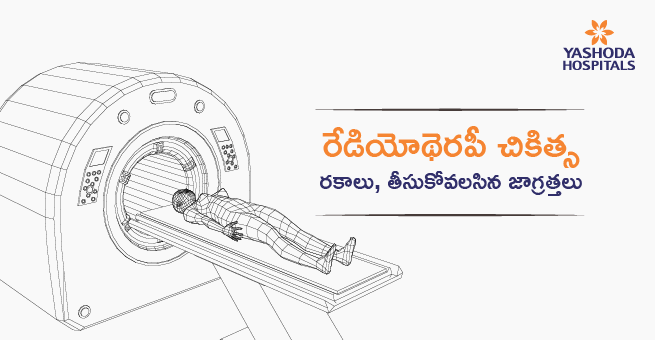
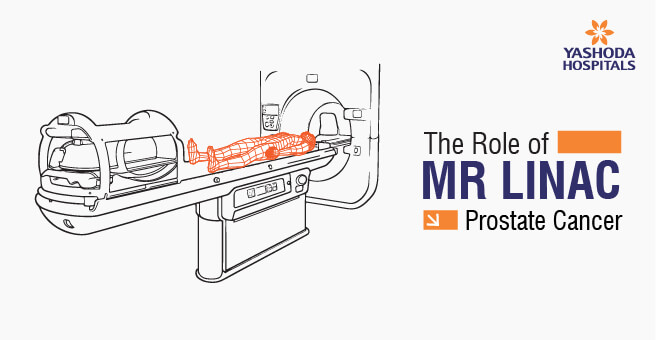
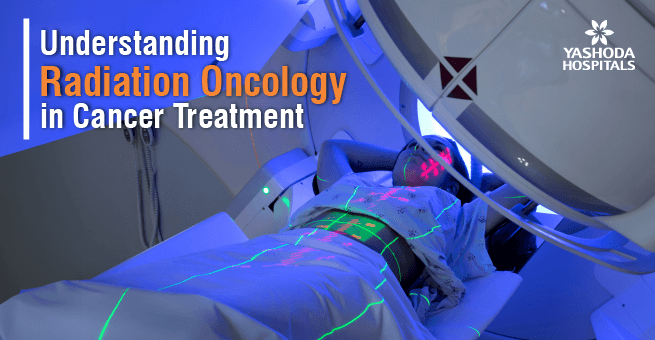

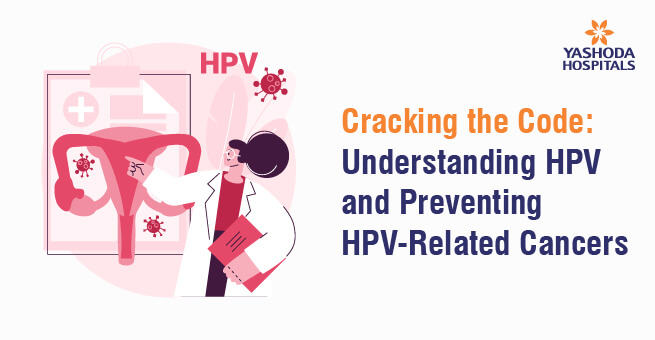
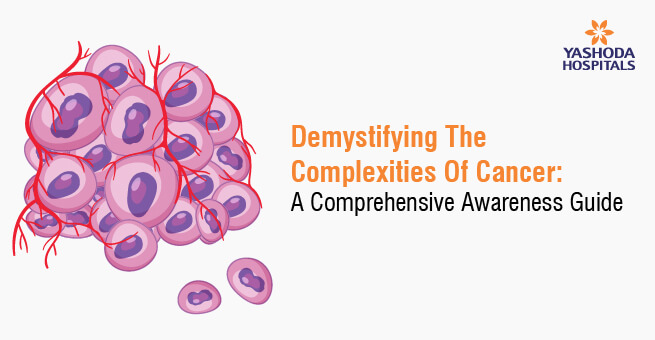
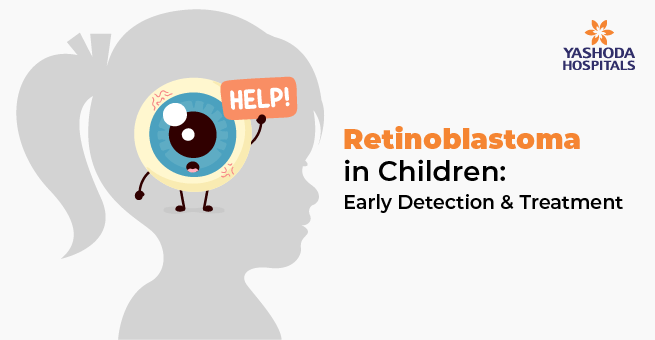


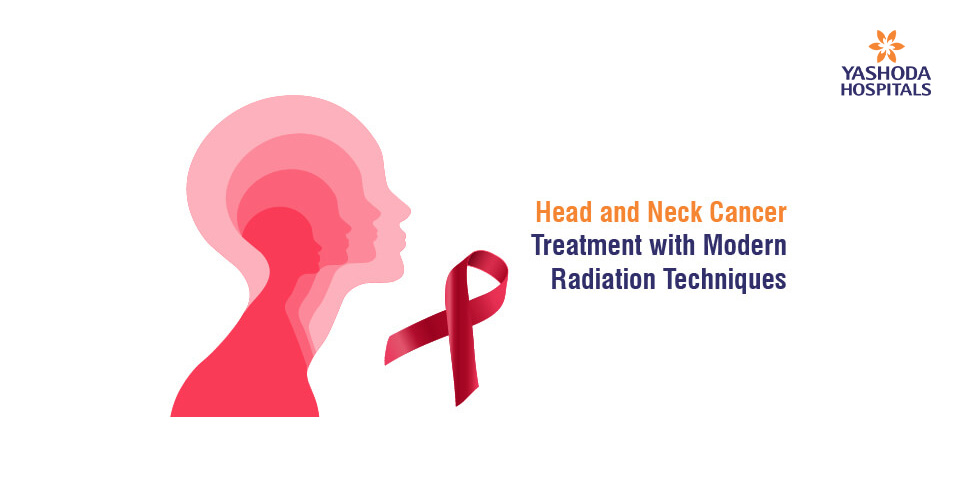
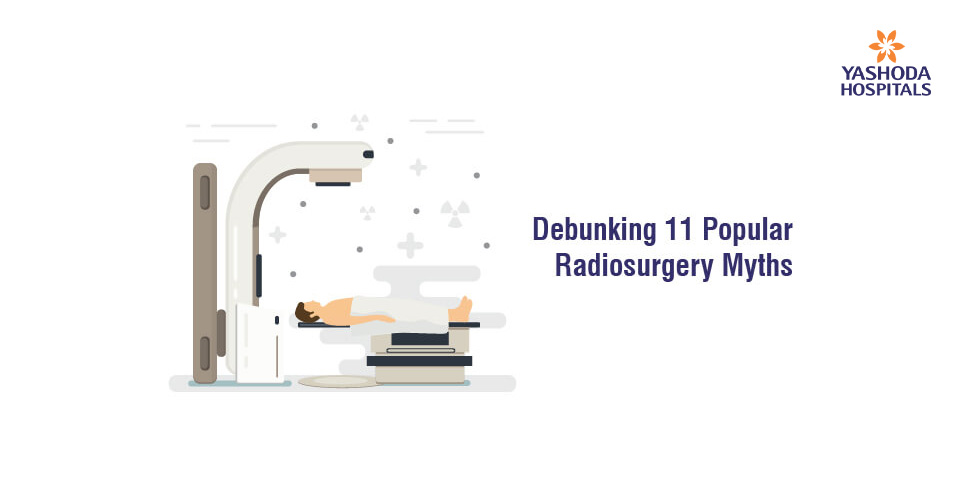





 Appointment
Appointment WhatsApp
WhatsApp Call
Call More
More